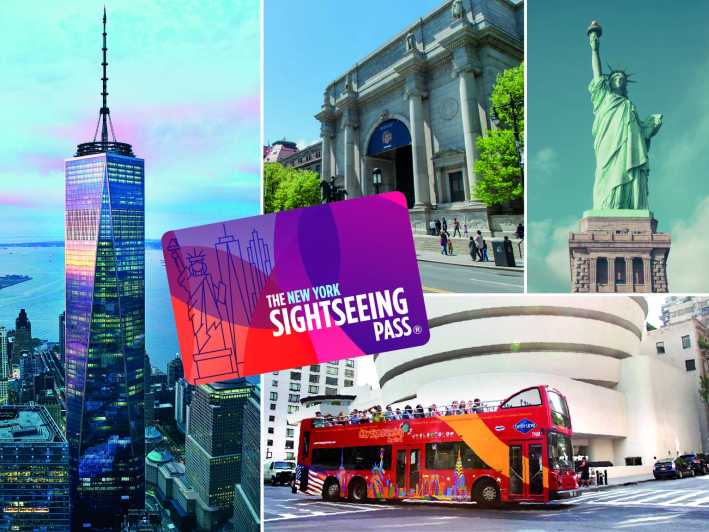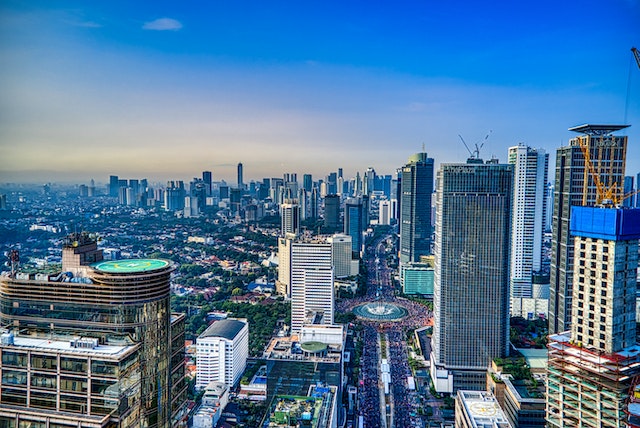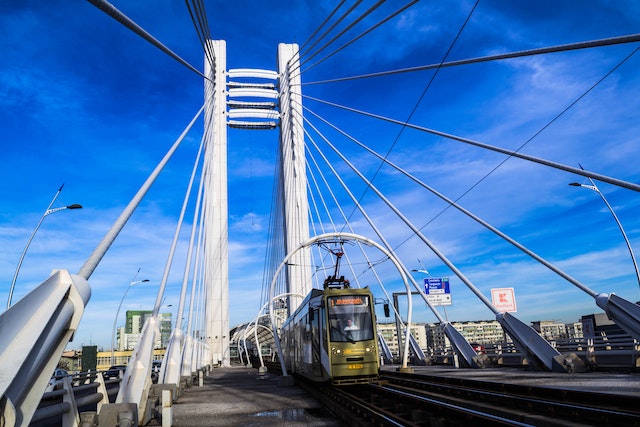Solo travel can be an incredibly rewarding and liberating experience. However, ensuring your safety and peace of mind while traveling alone is paramount. Fortunately, in the digital age, there are numerous safety apps and resources available that can provide an extra layer of security and assistance. In this comprehensive article, we will explore various solo travel safety apps and resources designed to enhance your security, offer real-time information, and provide peace of mind during your solo adventures.
Personal Safety Apps: a. Safeture: This app offers real-time safety alerts, travel advice, and emergency assistance. It provides information on safety risks, natural disasters, and medical resources specific to your location. b. TripWhistle Global SOS: With this app, you can quickly access emergency numbers and contact local authorities. It also provides safety alerts, translations, and embassy information. c. bSafe: This app allows you to create a safety network of friends and family who can track your location, send SOS alerts, and even simulate incoming calls for added security.
Navigation and Communication Apps: a. Google Maps: This app provides reliable navigation, public transportation options, and real-time traffic updates. Download offline maps for areas with limited internet connectivity. b. WhatsApp: A popular messaging app that offers end-to-end encryption, allowing you to communicate with friends and family securely. It also supports voice and video calls over Wi-Fi or data. c. Uber or Lyft: These ride-hailing apps provide a convenient and safe mode of transportation, allowing you to book rides easily and track your driver’s details.
Accommodation Safety Resources: a. Airbnb Safety Center: Airbnb offers safety resources and guidelines for hosts and guests. Familiarize yourself with their safety policies and use the messaging platform to communicate with hosts directly. b. Tripadvisor or Booking.com: These platforms provide user reviews and ratings, helping you choose reputable and safe accommodations. Read reviews regarding safety, cleanliness, and location.
Local Safety Resources: a. Smart Traveler Enrollment Program (STEP): Run by the U.S. Department of State, this free service allows U.S. citizens to register their travel plans, receive travel advisories, and be contacted in case of emergencies. b. Embassy Websites: Visit the official website of your country’s embassy or consulate in your destination country. They provide valuable information on safety, local laws, and emergency contact details.
Offline Safety Resources: a. Travel Safety Guidebooks: Purchase or download travel safety guidebooks that provide tips on personal security, local customs, and emergency protocols. Examples include “The Travel Safety Handbook” by Lloyd Figgins and “The Solo Traveler’s Handbook” by Janice Leith Waugh. b. Traveler Forums and Blogs: Join online forums and read travel blogs where solo travelers share their experiences, safety tips, and recommendations. Websites like Lonely Planet’s Thorn Tree Forum and Nomadic Matt offer valuable insights.
Conclusion:-
Solo travel safety apps and resources are valuable tools that can enhance your security and peace of mind while traveling alone. By utilizing personal safety apps, navigation tools, accommodation resources, and local safety information, you can stay informed, connected, and prepared for any situation. Remember to prioritize your personal safety, trust your instincts, and maintain awareness of your surroundings. With the right tools and precautions, you can embark on your solo adventures with confidence and peace of mind.









